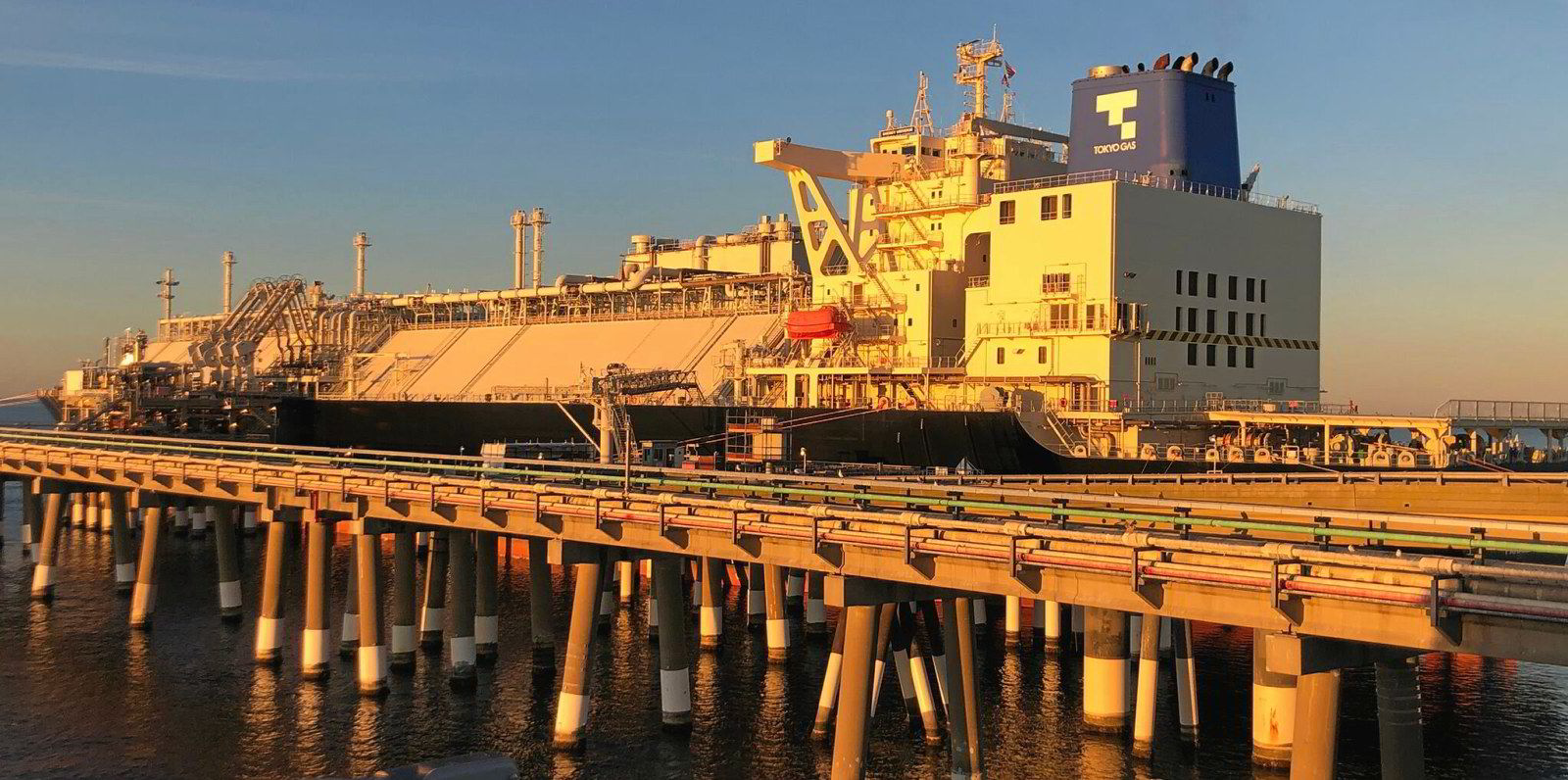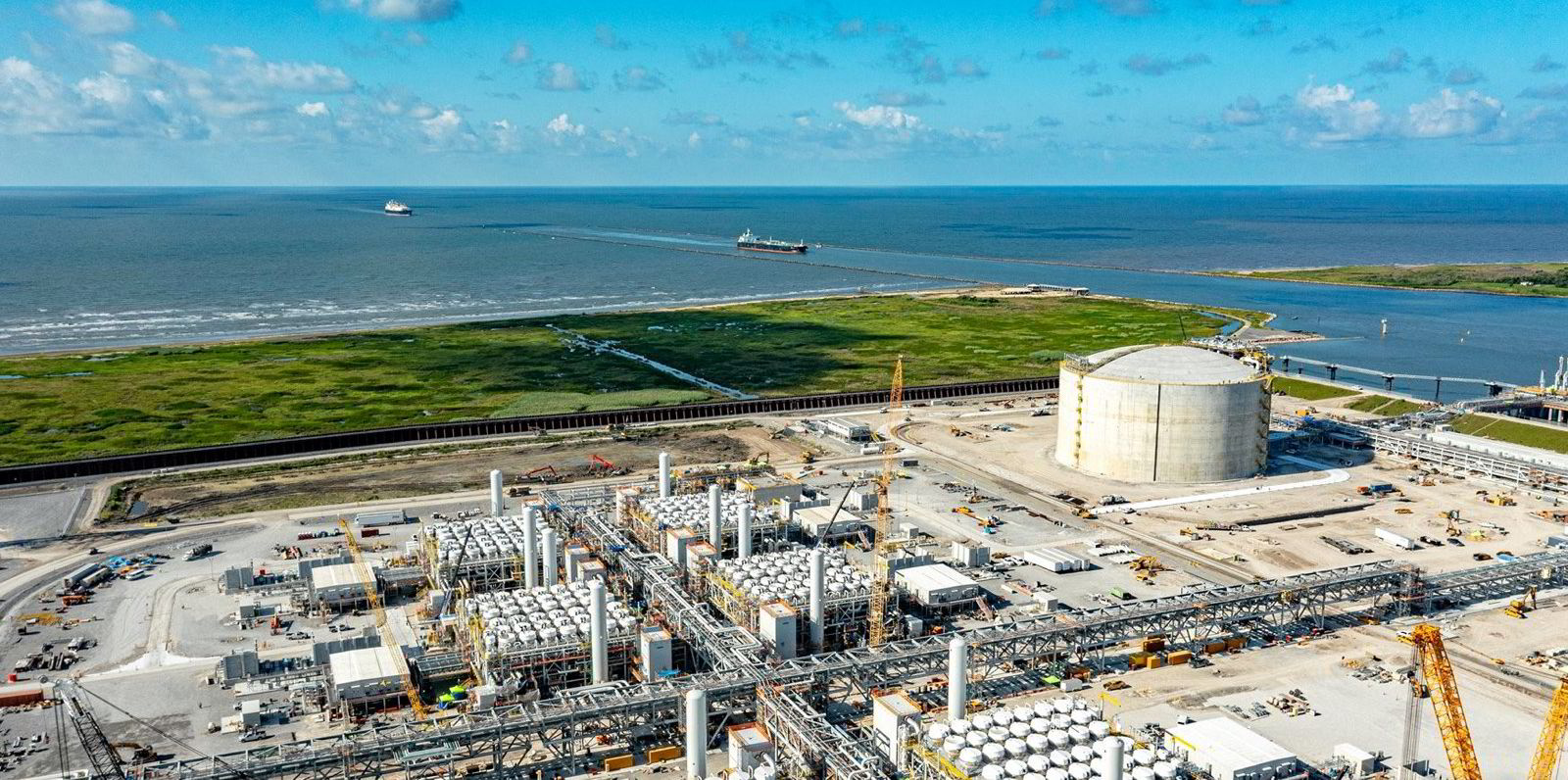Energy major Shell expects there will be an LNG supply-demand shortfall in the mid-2020s but sees global hunger for the commodity almost doubling in the next 25 years.
Unveiling its LNG Outlook on Monday, at the start of London’s IE Week, Shell is expecting to see a “tight near-term” global LNG market that it expects will drive a new wave of contracting.
But the major said global LNG demand is expected to exceed 700 million tonnes per annum (mtpa) by 2040, a 90% increase on 2021’s figure.
Shell said Asia is expected to consume the majority of this growth as domestic gas production declines, regional economies grow and LNG replaces higher-emissions energy sources as countries move to reach carbon targets.
It added that during 2021 “momentum picked up” for decarbonising the LNG value chain.
Shell director for Integrated Gas, Renewables and Energy Solutions Wael Sawan said: “Last year showed just how crucial gas and LNG are in providing communities around the world with energy they need as they strived to get back on track following the difficulties caused by the Covid-19 pandemic.
“As countries develop lower-carbon energy systems and pursue net-zero emissions goals, focusing on cleaner forms of gas and decarbonisation measures will help LNG to remain a reliable and flexible energy source for decades to come,” Sawan said.
Shell said LNG trade increased 21 million tonnes (mt) or 6% to 380 mt in 2021, despite a number of outages, as countries’ economies rebounded from the pandemic.
The US led export growth adding 24mt to its tally. Shell said the country is expected to become the world’s largest LNG exporter in 2022.
China increased its LNG imports by 12mt to 79mt, surpassing Japan to become the world’s largest LNG importer with South Korea emerging as the second largest buyer.
Shell said Chinese LNG buyers signed long-term contracts for more than 20 mtpa during 2021.
The major said this signalled “an ongoing role for LNG in coal-to-gas switch”.
Shell said LNG prices remained volatile throughout last year — reaching record highs in Europe in October — on the back of rising demand and supply constraints.
“The volatility emphasises the need for a more strategic approach to secure reliable and flexible gas supply in future to avoid exposure to price spikes,” Shell said.
Shell said that in terms of gross tonnage 30% of all new vessel orders are LNG-fuelled.
The major detailed that there are now 403 LNG-fuelled vessels on order — the bulk of which are container ships, with a further 251 already trading.





